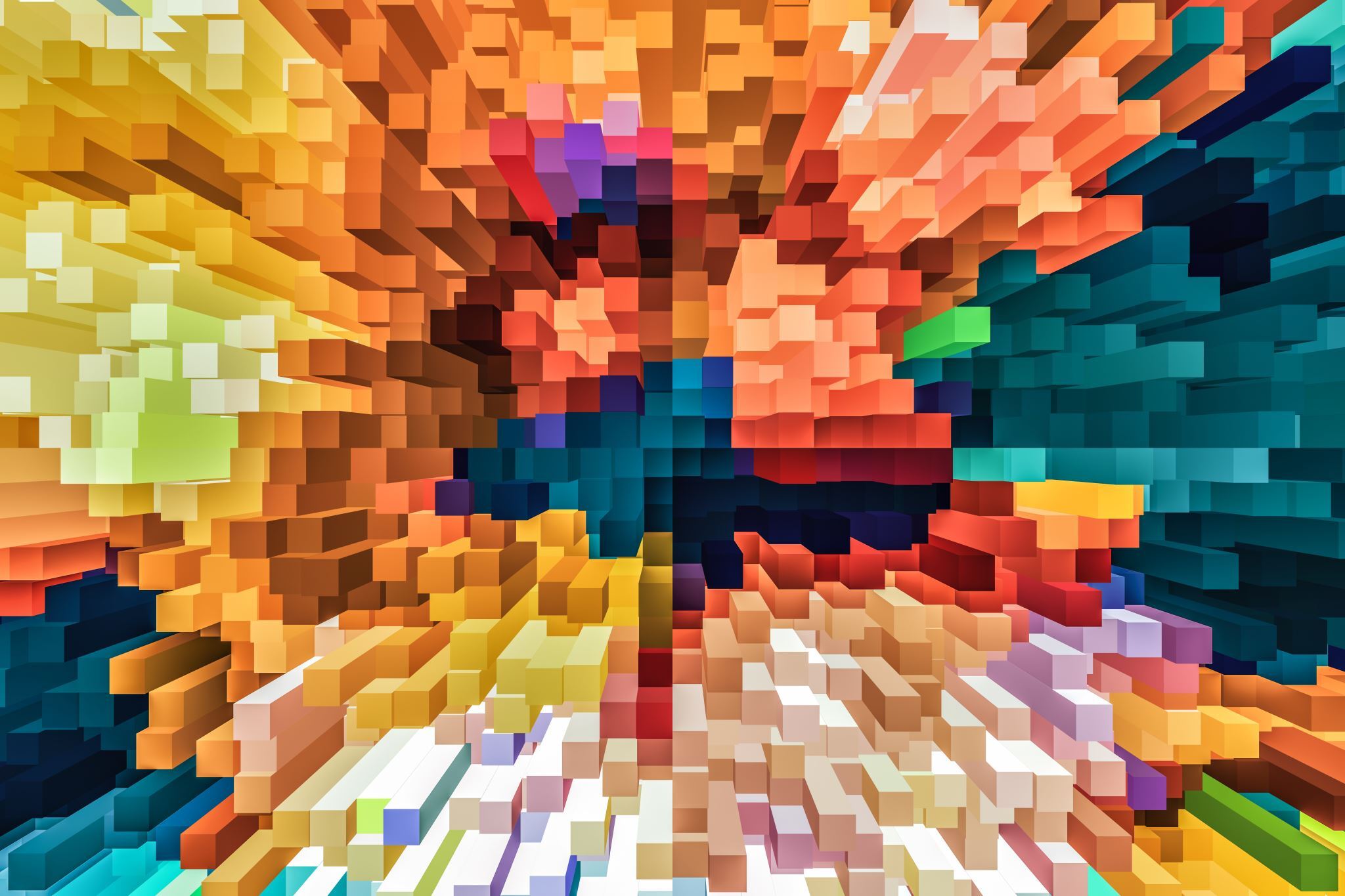

The Future of Architecture with 3D Printing
With 3D printing, architects can easily translate their digital designs into physical models with an unprecedented level of detail. 3D printing offers the flexibility to materialize any architectural vision accurately and quickly.
3D printing has also revolutionized the way architectural prototypes are created and evaluated. Previously, manufacturing these prototypes required significant time and resources, discouraging experimentation. With 3D printing, architects can create them quickly and inexpensively, fostering innovation and exploration of new ideas.
Whether testing the structural integrity of a design or experimenting with different spatial configurations, 3D printing offers a versatile and accessible platform for architectural prototyping.
Efficient and Sustainable Structural Components
In addition to models and prototypes, 3D printing is increasingly being used in the manufacturing of structural components for buildings, as seen in Evowall, an innovative system for the industrialized construction of efficient homes. It allows for quick construction with competitive advantages over other existing systems, whether traditional or prefabricated. It is based on massive prefabricated panels with structural and insulation functions, to achieve a building envelope with thermal insulation and airtightness values. Furthermore, they guarantee the product's performance: structural strength, fire safety, thermal and acoustic insulation, air permeability, and durability.
Architecture and New Technologies
As we explore the endless possibilities of 3D printing in architecture, it is exciting to imagine a future where the boundaries of design and construction blur, giving way to a new era of architectural expression involving different technologies. Arboleda Intelligence, a company that connects Architecture and Aerospace Engineering with digital manufacturing through the implementation of technologies such as IoT, is responsible for translating customized designs from the world of Platonic Idea to the reality of Industry 4.0.
The example of Evowall and Arboleda Intelligence demonstrates how 3D printing is being used to overcome traditional boundaries and open new frontiers in sustainable and personalized construction. As we continue to explore the endless possibilities of 3D printing in architecture, we can anticipate an exciting future where collaboration between diverse technologies will transform our way of living and interacting with the built environment.


